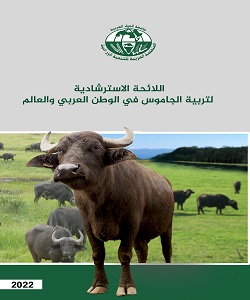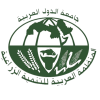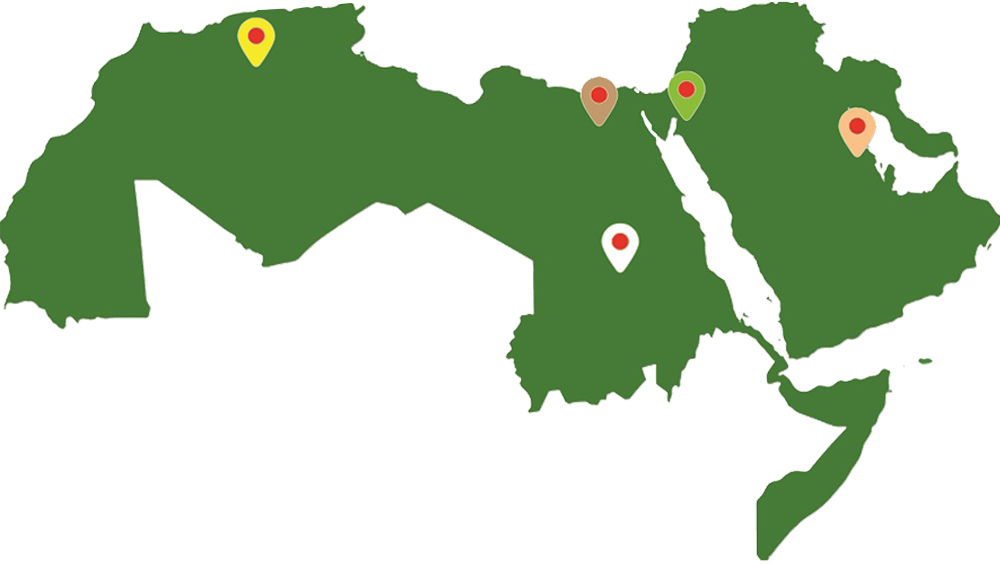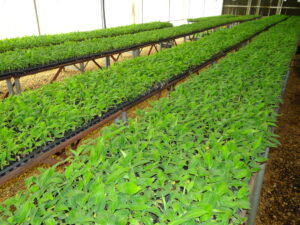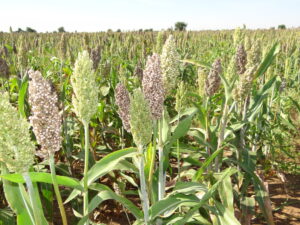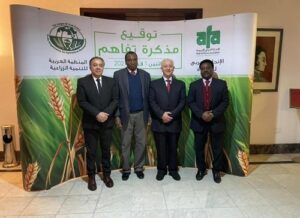The world population is expected to increase from 6 billion to about 8.3 billion in 2030, with an average annual growth rate of 1.1%. Therefore, it is necessary to be prepared to produce sufficient animal protein food to cover the population increase, especially in developing countries. Consumption of animal products was 10 kg per year in the 1960s, increased to 26 kg per year in 2000, and is expected to reach 37 kg per year in 2030 (FAO, 2009). The buffalo sector represents an important component of the global livestock production sector, due to its significant economic, social and environmental status, in addition to its role and effective contribution to food security in countries known for its breeding through its contribution to increasing milk and meat production. It has become a major component of the economic and development strategies of some countries, such as India, Pakistan, China, Italy, Egypt and some East Asian countries. Plans have been put in place to develop it and increase its productivity through institutional support for this sector.
